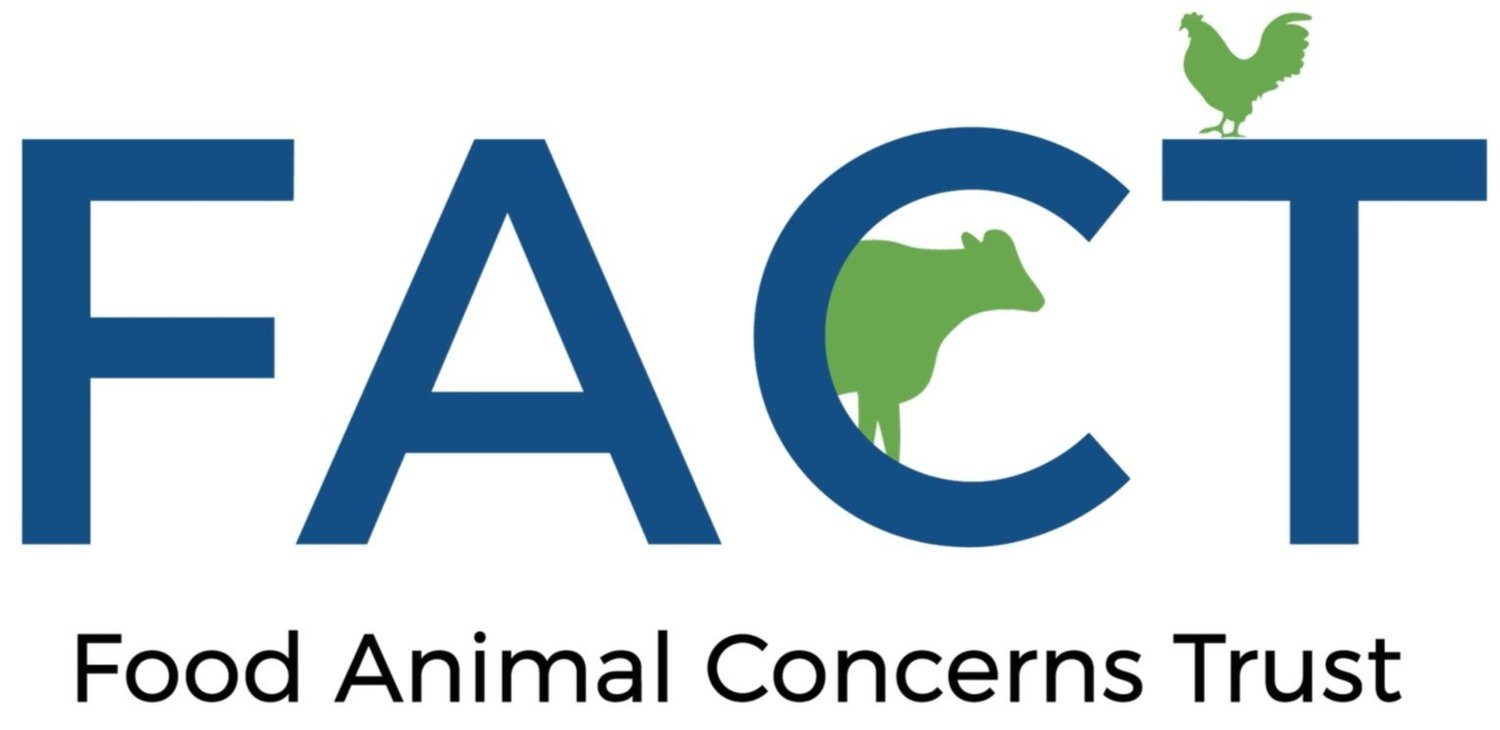Bird Flu: Why We Need Urgent Action to Prevent a Public Health Crisis
By Steve Roach, and Madeleine Kleven, FACT’s Safe and Healthy Food Team
Avian Influenza or H5N1, more commonly known as bird flu, continues to spread throughout birds and mammals in the United States, posing a very serious threat to public health.
Bird flu, as its name suggests, primarily affects birds, both wild birds and commercial poultry causing high mortality in chickens and turkeys. However, this last year the virus has spread to several different animal species including foxes, mountain lions, seals, bears, and perhaps most troubling, dairy cows, pigs, and people. This is the first time this specific bird flu virus has been reported in cows, and it’s particularly concerning because of its potential to mutate and gain the ability to spread between people. As of now, the virus has infected some poultry and dairy workers and caused respiratory symptoms and conjunctivitis, but it has not spread from human to human. As of December 3, 2024, the virus has been detected in 695 dairy herds but it is likely many more herds and other mammals are being affected as well. If the virus continues to mutate and spread and gains the ability to spread from human to human, then we are looking at a serious pandemic threat. In the meantime, it has a devastating impact on domestic birds and dairy cattle and is an ongoing risk to workers in industrial livestock operations.
While some monitoring is taking place, the government response to this potential public health catastrophe has not been nearly swift or thorough enough. That is why we are calling on the United States Department of Health and Human Services (HHS) and the United States Department of Agriculture (USDA) to take the following actions:
Increase surveillance for bird flu in all food-producing animals - especially birds, cows, and pigs. Enhanced surveillance is vital. Monitoring and quickly identifying outbreaks allows for faster responses, which can help contain the virus before it spreads further.
Develop and implement a vaccination program for food-producing animals.
Ban the feeding of poultry litter to cattle.
Increase protections for farm workers. Providing vaccinations, adequate training, and protective equipment helps minimize their risk of infection. Ensuring access to health care and support for those affected by the disease is also important.
Support local pasture-based farms with high animal welfare standards. The industrial agriculture model promotes overcrowding, unhygienic living conditions, and stress for animals - factors that facilitate the rapid spread of diseases such as bird flu. Support for systems that reduce these risk factors is critical for ensuring a more sustainable and safe food system.
Together, with coordinated efforts and commitment, we can tackle bird flu and create a safer environment for both animals and humans. Sign our petition telling USDA and HHS to take these critical steps and protect the public from bird flu. Check out our video to learn more about bird flu and the ongoing outbreak and read our blog from February 19th, 2025 for new updates.
